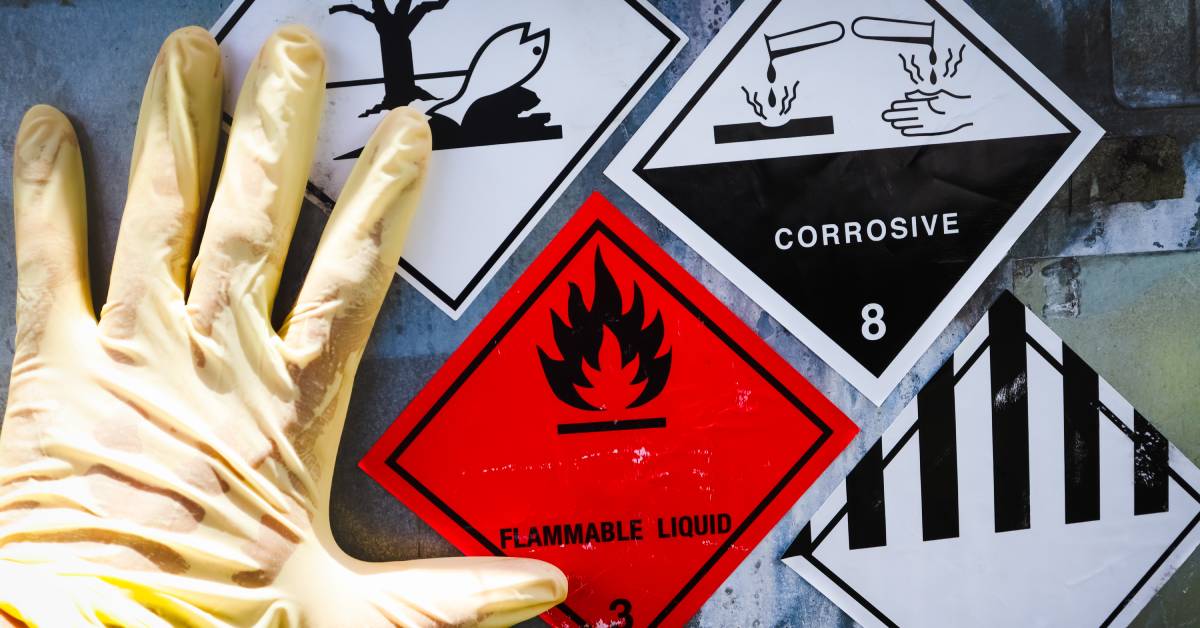When Is a Hazardous Waste Permit Necessary?

Every facility creates waste, but some facilities create hazardous waste that requires special handling and disposal. If you’re in charge of getting rid of such waste in your workplace, there will likely come a time when you need special permits to dispose of it. So, when is a hazardous waste permit necessary? Here are a few notes on the subject that will help you understand the requirements so that you can ensure your facility stays compliant.
What Is Hazardous Waste?
All waste is bad, but some waste is worse than others. Hazardous waste is any material that poses a danger to human health or the ecosystem. Hazardous waste comes in several forms: liquids, solids, gases, or sludges. Specifically, hazardous waste is dangerous due to its ignitability, toxicity, reactivity, and corrosiveness. In short, it’s not something that you can simply toss in the trash can and forget about.
Legal Requirements for Hazardous Waste Management
While local communities and regional areas may have their own laws governing hazardous waste, we’ll address the issue on a federal level. In the United States, the Environmental Protection Agency (EPA) is the primary body governing hazardous waste management, while the Resource Conservation and Recovery Act (RCRA) outlines the framework for proper handling and disposal of hazardous waste. Under the RCRA, any facility generating hazardous waste must perform due diligence to determine if they need a permit for disposal.
Generation of Hazardous Waste
If your facility generates hazardous waste, you must classify it. The EPA offers the following three categories:
- Conditionally exempt small quantity generators (CESQG): These facilities generate less than 100 kilograms of hazardous waste per month. No permit is needed.
- Small quantity generators (SQG): Facilities that generate between 100 and 1,000 kilograms of hazardous waste per month must have a permit.
- Large quantity generators (LQG): Facilities that generate more than 1,000 kilograms of hazardous waste per month must hold a permit.
Treatment, Storage, Disposal, and Transportation
Facilities that treat, store, or dispose of hazardous waste, rather than produce it, must have permits to ensure they conduct activities safely and in accordance with EPA standards. Similarly, if a facility transports hazardous waste, either within or across state lines, it needs a permit to adhere to the Department of Transportation’s (DOT’s) regulations as well as the EPA’s standards.
Steps To Obtain a Hazardous Waste Permit
Determine Your Generator Status
See above to determine your facility’s category.
Complete a Notification of Regulated Waste Activity
Acquire this form and submit it to the EPA or your state’s environmental agency. This informs them of your activities and initiates the permitting process.
Prepare and Submit a Permit Application
Compile the necessary documentation, including details about waste management practices, safety measures, and contingency plans. Submit your application.
Undergo Inspections and Reviews
Expect inspections and reviews by regulatory bodies. They will assess your facility’s compliance with hazardous waste regulations.
Receive Your Permit
Once your application is approved and your facility passes inspections, a hazardous waste permit is awarded. Follow all conditions outlined in the permit and stay compliant!
We hope this guide has answered any questions you have about when a hazardous waste permit is necessary. If your facility requires hazardous waste cleanup and disposal, contact us. We offer several kinds of industrial disposal services to facilities across the country!
